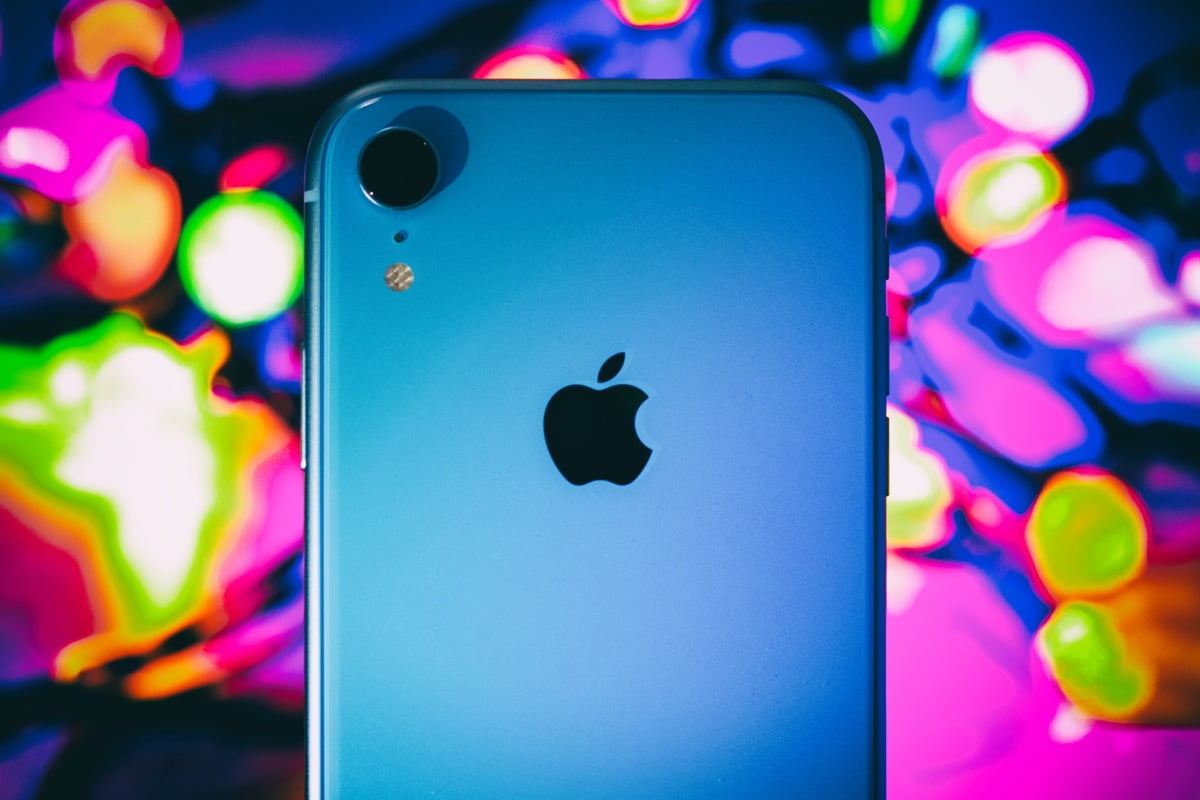
We often choose to visit a live concert than listening to the exact same music at home. Similarly, we feel different while watching live cricket versus seeing it over television. Probably, there is something instinctively different about being a part of something as opposed to merely witnessing it through technological conduit. In an era, where a majority of customers look for personalized experiences and yearn for meaningful interactions with a brand before making a purchase, experiential marketing just swoops in as an essential marketing strategy.
Experiential Marketing aims to allow consumers to witness something tangible, associated with the brand either as an exhibition or as a live event. It engages customers and creates real-life experiences that could be remembered. It provides real and unique value in terms of consumer awareness, improving perceptions and building lasting relationships. Additionally, it nudges consumers to share their experience with others, advancing a campaign’s reach.
However, marketing plans always require multiple tiers and approaches to achieve maximum effectiveness.
Where traditional marketing approaches always persuade the potential consumer by showcasing features and benefits of a product or services, experiential marketing creates a personal experience for consumers to allow them to use their senses while interacting with the product and services. Let’s have a look:
- The traditional marketing approach emphasises more on functional features and core benefits of products and services while the experiential marketing approach emphasizes the creation of brand experience for customers.
- The approach of traditional marketing views competition through the narrow lens of specific product/service categories, whereas experiential marketing outlooks competition by understanding the product and services within a broader consumption space.
- Traditional Marketing follows a rational observance for its customers whereas the approach of experiential marketing sees customers as both rational and emotional.
But at the end of the day, grasping the differences between these two, actually, help the organisations to create a powerful marketing campaign.
Contents
Role played by experiential marketing in building brand equity in today’s dynamic world
The objective of experiential marketing is to create a memorable connection between the consumer and the brand so as to create brand visibility and ultimately influence purchase decisions. This overtime may transcend into brand loyalty. When a consumer is attached to a brand and associates beneficial, fun and memorable emotions with it, they’re more likely to stay loyal. If an experiential marketing activation has created a positive bond between a brand and a consumer, it has done its job.
Similarly, marketers also apply the same idea through event marketing to build brand equity. Events aids in winning over even the skeptical consumers and increasing the overall audience engagement. But it is also important to decipher the alignment of experiential tactics employed with an overall marketing strategy.
Eventually building brand equity can certainly be a challenging task, which is why many companies turn to the experts for help.
There are some crucial components of experiential marketing that must resonate with your customers for them to remember for long time. Let’s have a look:
- Art of storytelling- Marketing is called art of narrating stories of a brand, where the consumer buys your version of reality. It gives your product and services as an identity which further helps to take your target audience on a journey they desire to experience. Similarly, for consumers to form a personal connection with your brand, brand stories must be authentic, creative and inspirational.
- Benefits of partnering: It is advisable to host the event with other brands. This way, it not only saves costs but also helps in expanding your reach to a new segment of the target audience. However, it is important to be wary of the brands that target a similar audience but do not sell similar products or services.
- Social Media presence: It is important to make the event visible on social media. Even hosting a contest/giveaway helps to encourage the audience to post on social media. It can include innovative hashtags that can be further leveraged to promote the brand during the event.
- Digging into Consumer’s emotions: Today, each marketer is tapping into consumer’s emotions. It helps in brand recall for a good period of time and also ends up in making loyal customers at a certain point of time.
Experiential branding or event marketing is a creative branding process through customer experience, contributing to brand differentiation and brand awareness. Through interactive technologies, innovative retail spaces and indirect online brand communication methods, consumers can now see, touch, hear, taste and smell brands in ways they never could before.
Advantages experiential marketing holds over and beyond other marketing tactics
Experiential marketing is considered to be more than a trendy buzzword. An effective persona makes experiential different from other marketing strategies. Moreover, it allows brands to tailor campaigns to a hyper-targeted audience allowing them to create personalized experiences that reach out to consumers on a deep and emotional level. With its advantages over traditional strategies, it cuts through all advertising clutter and creates something that people want to experience.
Hence, appended are the 5 main benefits of experiential marketing listed over and beyond other marketing tactics to drive brand recognition, recall and loyalty in an influencer led world:
- Direct interaction with consumers: Experiential marketing provides a sensorial experience of a brand or a product to its consumers. It is an opportunity for the brands to showcase their brand personality and create an intimate and personal experience with targeted
- On-site sales generation: This advantage is achieved by direct correlation with consumer interaction. After all, experiential marketing is all about allowing brands to interact directly with targeted customers and generate leads for future purchases.
- Higher ROI: Experiential marketing can generate a high return on investment. It aims to engage with consumers in their comfort zone, and on their terms, and promises a fun & brand experience, they are more likely to respond, interact and engage which result in more impressions and increased ROI.
- Driving word of mouth marketing: Word-of-mouth has always been a powerful and most influential tool in the realm of the marketing world. Probably, when consumers enjoy a product, service, event, or experience, they often share it with the world. Hence, experiential marketing fosters word-of-mouth marketing, both face to face and digitally which expands the efforts beyond the event.
- Create effective brand awareness: Experiential marketing can help in creating a positive and buzzing brand activation events. First impressions do make a difference! From visual elements to interactions with the brand ambassadors to activities and giveaways that you offer, et all decide brand recall among your consumers. When done right, it leaves a positive and memorable impression on consumers.
All in all, Experiential Marketing creates a major impact on brand equity holistically. Through interactive engagement tactics, the brand can hold consumers’ interest. Clearly, the brand must shape the way it is seen and perceived with appropriate elements that appeal to its target audience.
[“source=dqindia”]











































